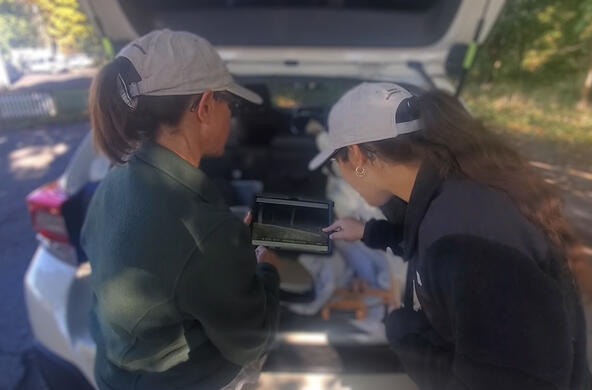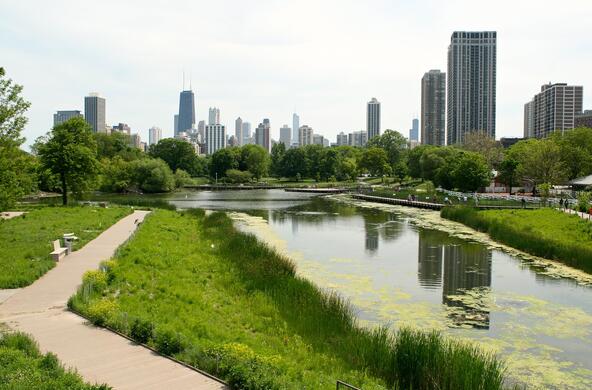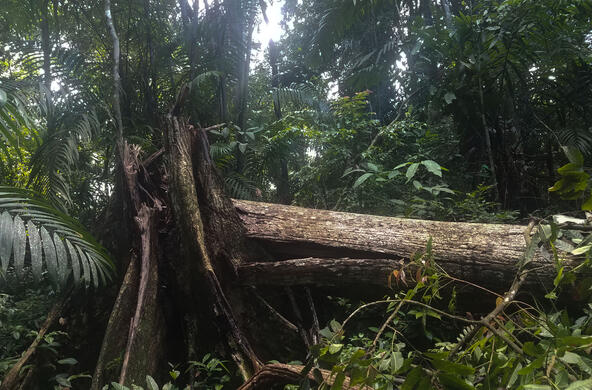When I visit my hometown of Cleveland, I find that the places where I once hunted frogs with my father have succumbed to suburban development. The wetlands where he told me he had caught frogs when he was a kid were already developed (and polluted) when I was growing up. No doubt young kids hunting frogs today must go further into the countryside to find them.
Now that I am older, I can appreciate these changes. But a young child sets the baseline for nature at the location of frogs today—not where I found them or where my father found them. What is acceptable today accommodates the loss of frogs of yesterday without much notice.
Daniel Pauly first coined the term “shifting baselines” to describe the human memory and changing perception of nature. He is a marine ecologist who noted that on the West Coast of the U.S., today’s young people will never know the taste of a black abalone. They are nearly gone, and for today’s generation, the acceptable baseline of shellfish that we might expect to eat is found amongst mussels and scallops.
On the East Coast, the finest restaurants serve fish that would not have even been considered on the menu 100 years ago. In the next generation, even those fishes may be gone and the baseline of gourmet seafood will have dropped another notch.
Continuous resetting of what constitutes nature–what is the expected and acceptable occurrence of frogs or fishes–allows the continuous degradation of nature to go unnoticed, or at least unnoticed by all but the oldest members of society. With the help of conservation organizations, we attempt to preserve what is present today and seldom think of restoring what once was. We may even tout sustainable behavior, overlooking that what appears sustainable today may totally ignore the level of the resource that was present just a few generations ago.
Bite by bite, the forward creep of roads and suburbs into the countryside sets a changing baseline of nature. Globally, we see the conversion of Amazon rainforest to agriculture, boreal forest to tar sand operations, and the seafloor to bottom dragging. The loss of habitat to human activities plays out on a stage set by climate change, which may eliminate the places that are favorable for the persistence of one third of the species now on Earth.
With rising global human population and resource use, we continuously reset our perception of what nature is and where nature occurs, codifying the degradation that is the essence of unsustainable.
References
Jackson, J.B.C. and 18 others. 2001. Historical overfishing and the recent collapse of coastal ecosystems. Science 293: 629-638.
Myers, R. and B. Worm. 2003. Rapid worldwide depletion of predatory fish communities. Nature 423: 280-283.
Pauly, D. 1995. Anecdotes and the shifting baseline syndrome of fisheries. Trends in Ecology and Evolution 10: 430.
Thomas, C.D. and 18 others. 2004. Extinction risk from climate change. Nature 427: 145-148







